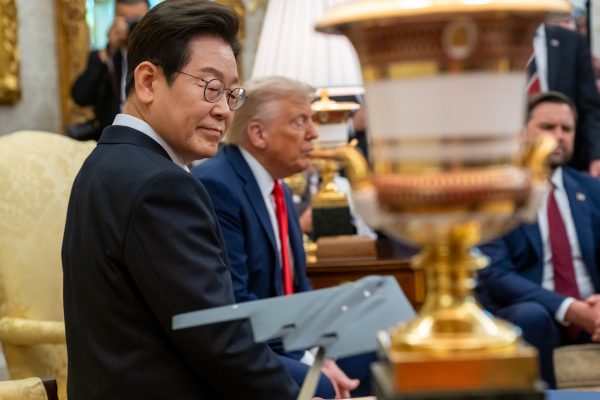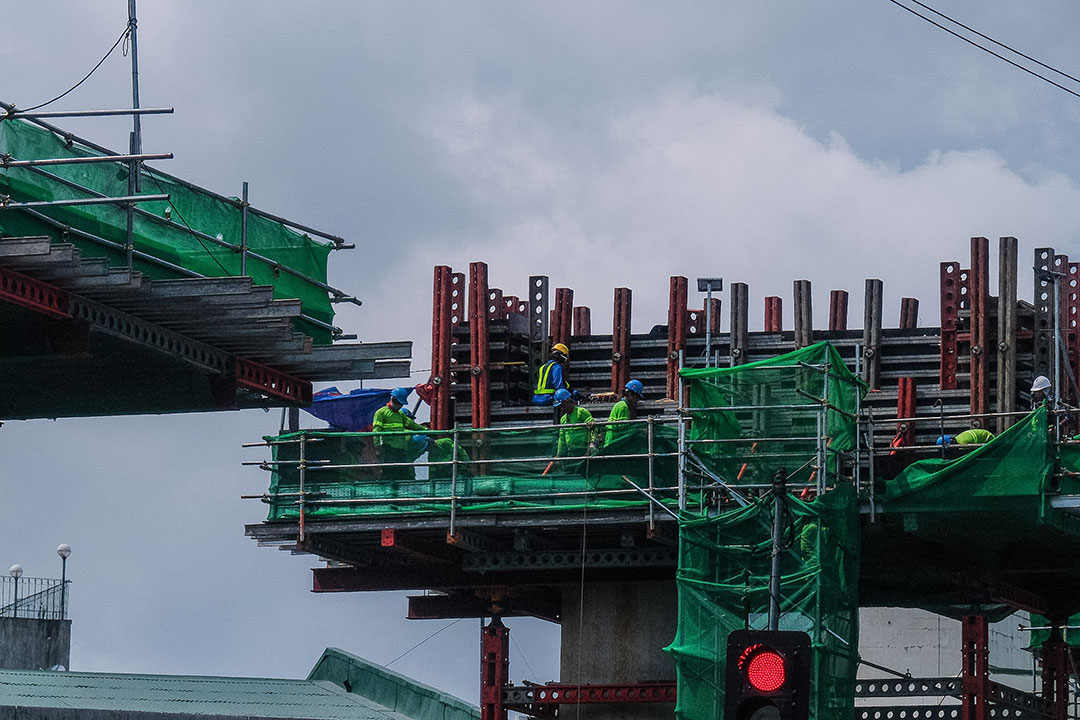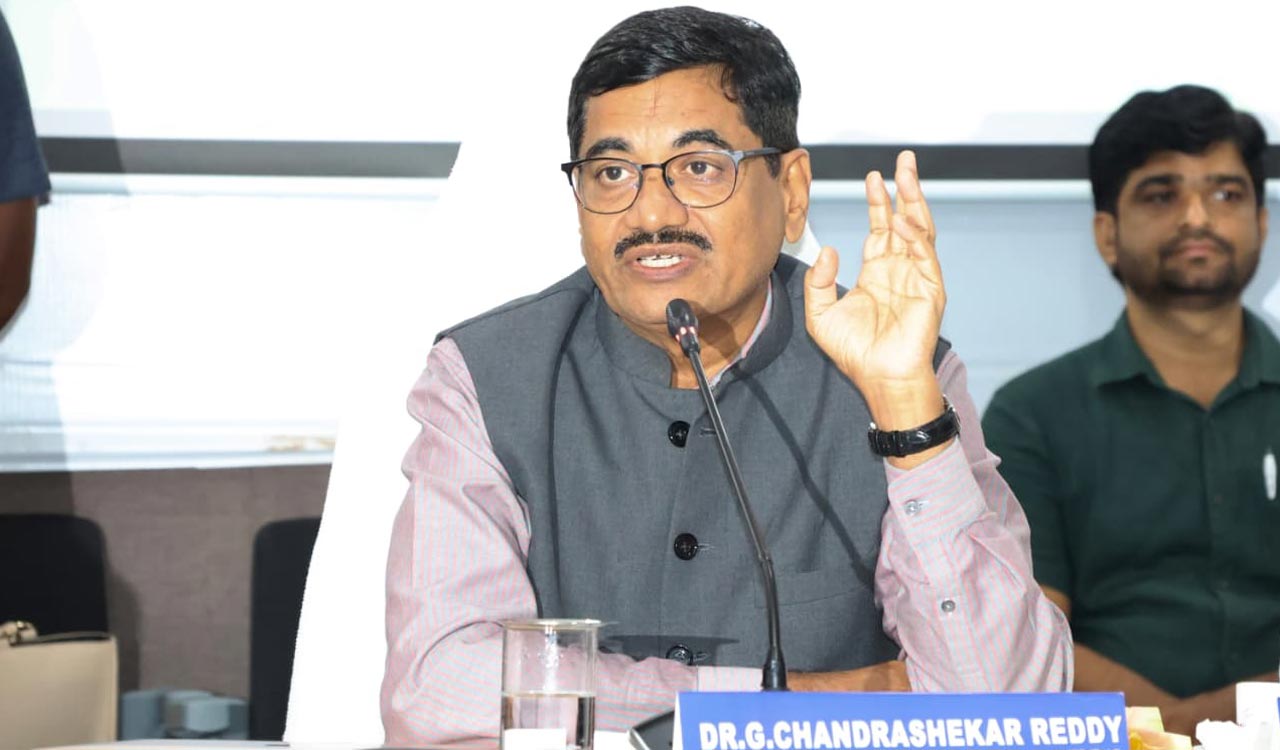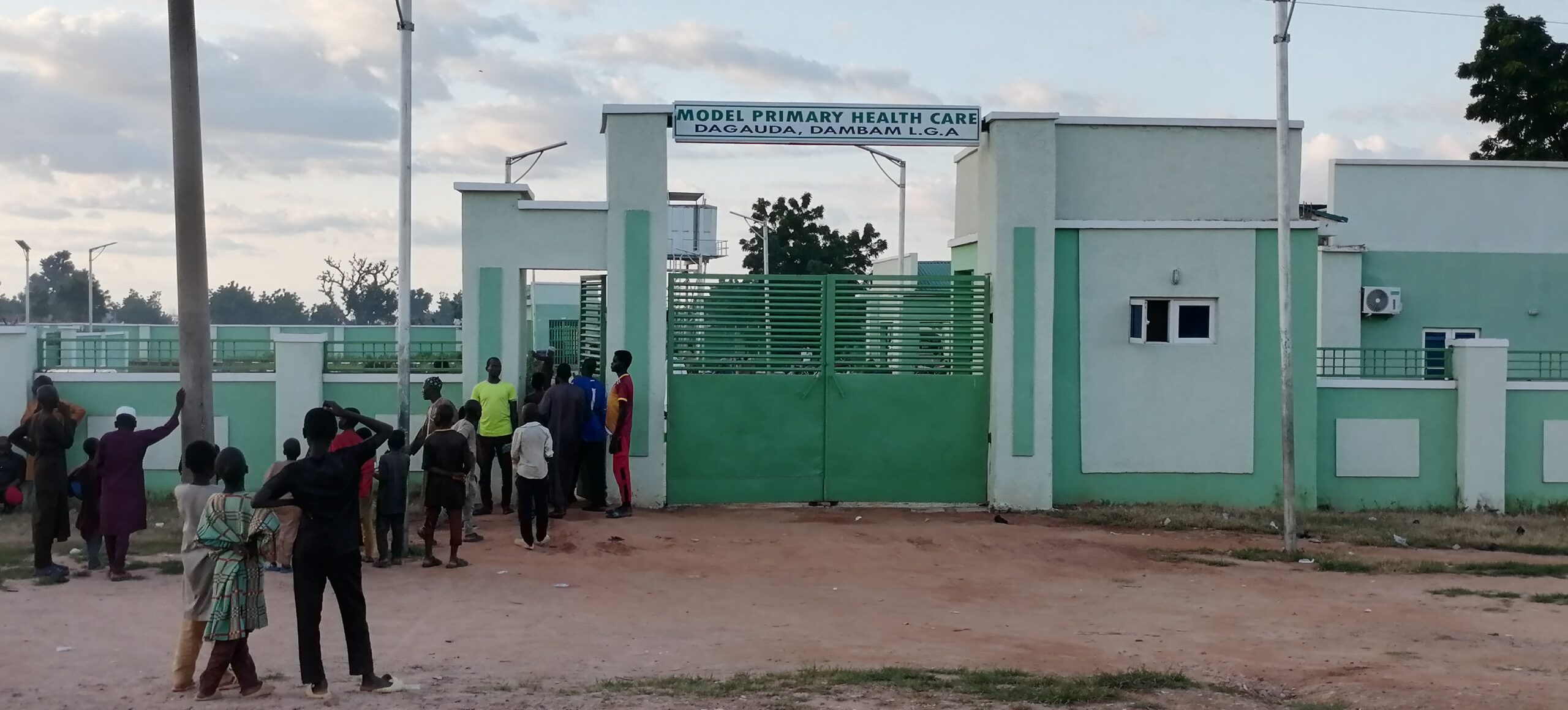By Derek Grossman
Copyright thediplomat

Of all the issues South Korean President Lee Jae-myung discussed with U.S. President Donald Trump at the White House on August 25, perhaps the thorniest was South Korea-U.S. alliance modernization. To be sure, both nations broadly agree that modernization is necessary. After the summit, Lee gave a speech at the Center for International and Strategic Studies (CSIS), a major think tank in Washington, in which he stated “At the summit meeting today with President Trump, President Trump and I agreed to make and modernize our bilateral alliance to be more reciprocal and future-oriented in line with the changing security landscape.” But neither Lee nor Trump offered many concrete details on how to do it, likely reflecting tensions – even rising tensions – behind the scenes regarding this critical part of the South Korea-U.S. relationship. Before arriving in Washington, for example, Lee poured cold water on the prospect that Seoul might agree to the Trump administration’s desire to achieve “strategic flexibility” for the alliance, i.e. shifting U.S. forces deployed on the peninsula toward other regional contingencies to counter China. Here, the Trump administration may have a point: the term “strategic flexibility” has been around for decades, making its first appearance in a 2006 joint statement Seoul signed with the George W. Bush administration. Moreover, the Mutual Defense Treaty (MDT) undergirding the South Korea-U.S. alliance does not specify that U.S. Forces Korea (USFK) has to be exclusively focused on the North Korean threat, leaving open the possibility of focusing on others, like China. Nonetheless, responding directly to U.S. demands, Lee remarked “this is not an issue we can easily agree with.” He countered, “Instead, discussion on a future-oriented strategic transformation of USFK are necessary from our perspective as well.” He thereby underscored his government’s keen interest in keeping the focus on North Korea as the South Korea’s top threat rather than any distractions. Perhaps due to such bilateral differences, neither Lee nor Trump explicitly mentioned strategic flexibility during the summit. The two leaders were also mum on operational control (OPCON) transfer from the U.S. to the South Korean militaries, which is a perennial alliance modernization issue. A couple of weeks before the summit, the State Affairs Planning Committee of Lee’s government issued a five-year plan, and within it, called for OPCON transfer to occur by 2030. In 2006, Washington and Seoul had agreed to OPCON transfer, but conservative South Korean administrations had delayed it, until Lee’s progressive predecessor, Moon Jae-in, agreed with the first Trump administration that OPCON should occur only after certain conditions are met, rather than on a set date. For Lee, it is very significant to overturn a fellow progressive leader’s pact with the United States, and yet, his plan went entirely unmentioned during the summit. Yet another area of tension in the alliance concerns troop deployments. At present, the United States has approximately 28,500 troops positioned in South Korea to deter North Korea. However, a report in May noted that the Trump administration was forming preliminary plans to withdraw approximately 4,500 troops to reposition them in other locations across the Indo-Pacific, to include in Guam, as part of a broader strategic reassessment. To date, the Trump administration has not confirmed this report, but the concept appears to fit well with Washington’s close attention to China as its top geopolitical foe. It also would not be the first time the U.S. has reduced troop deployments in South Korea: indeed, the Bush administration, which successfully negotiated strategic flexibility with Seoul in 2006, took the opportunity to withdraw roughly 8,500 troops for warzones related to the Global War on Terror following the 9/11 terrorist attacks. Hence, it is hardly impossible that this could happen again. In the past, South Korea has stressed the need to keep U.S. troops on the peninsula at the current level. Finally, Washington and Seoul are at odds over both cost-sharing and burden-sharing in the alliance. On cost-sharing, the Special Forces Measures Agreement (SMA) is relevant. Dating back to his first term, Trump often publicly criticized South Korea for ripping off the U.S. because it allegedly refused to pay its fair share to house U.S. troop deployments on its bases. Trump demanded that Seoul pay five times more toward the cost, severely angering and insulting Seoul. In the end, South Korea paid around 8 percent more than the previous year, bucking Trump’s demands. Then-President Joe Biden’s administration decided to sign a five-year SMA in late 2024 to lock in cost-sharing percentages. This had been normal prior to 2018, but it also conveniently prevented a future Trump administration from meddling further. But now that Trump is back, he may seek to reopen this old wound. On at least two recent occasions, for example, he has mused aloud about bundling a new trade pact with defense cost-sharing, saying, “[It would be] nice to wrap it all up in one package for each country. You know, it’s nice and clean.” And during the summit, Trump, apparently referring to Camp Humphreys, quipped that “maybe Seoul should give the U.S. ownership of the land where we have the big fort,” virtually ensuring that cost-sharing frictions will continue to haunt the alliance. Seoul responded cautiously to Trump’s statement, with National Security Adviser Wi Sung-lac saying he would need to further investigate the background of his remarks and Lee avoiding it entirely. One point on alliance modernization that came up during the recent summit was related to burden-sharing. Burden-sharing refers to the costs each nation incurs to develop their military capabilities to contribute to the alliance, and in this area, Lee proactively offered to invest more. Under the slogan, “Make America’s Shipbuilding Great Again (MASGA),” Lee said Seoul would invest $150 billion of a total $350 billion investment pledge as well as another $150 billion in foreign direct investment in semiconductors, vehicles, batteries, and other sectors that could support alliance defense efforts. At present, South Korea spends just 2.8 percent of GDP on defense, and the Trump administration has sought a significant rise to 5 percent. Although Seoul has only pledged 3.5 percent, it believes that other investments, like MASGA, should count for another 1.5 percent as well. Trump certainly welcomed MASGA, especially amid all of Lee’s flattery of him in the Oval Office, but it remains to be seen whether Seoul’s commitments will be enough to satiate Trump. Finally, and quite inauspiciously, neither Lee nor Trump mentioned Biden-era agreements that sought to strengthen the alliance. In 2023, Biden signed three distinct agreements to enhance coordination at the highest levels. The Washington Declaration, for example, aims at sharing more sensitive U.S. information on nuclear warfighting plans with Seoul, and the Camp David trilateral summit agreement strengthened trilateral cooperation between the U.S., South Korea, and Japan, particularly against North Korea. Biden also signed a Joint Summit Statement that specifically sought to deepen and expand the alliance. Overall, the leaders scarcely discussed alliance modernization at the most recent South Korea-U.S. summit. To be sure, it is possible that negotiations did occur, but were purposefully kept quiet. It is also equally possible that both Trump and Lee decided to leave it up to their national security teams to hash out the finer details of defense interactions. But because Trump has a clear pattern of threatening South Korea on alliance issues, neither of these seems likely. Rather, the U.S. and South Korea probably have genuine differences and even grievances against each other, and this does not bode well for alliance modernization over at least the next three years. The good news is that Trump and Lee have remarkably similar worldviews, whether on the alliance (they both want it to work), North Korea (they both want engagement), and Japan (they both see the nation as critical to helping deter North Korea). Even against geopolitical foes China and Russia, there could be strategic alignment as neither country seeks war but wants a reset in diplomatic ties. It is unclear, however, if common worldviews will be enough to keep the alliance moving in a positive direction, or if substantial achievements in alliance modernization will just have to wait until the U.S. returns to a more traditional approach toward the South Korea-U.S. alliance. This article was originally published as an ROK-US Policy Brief by the Institute for Peace and Unification Studies, Seoul National University. It is reprinted with permission.



